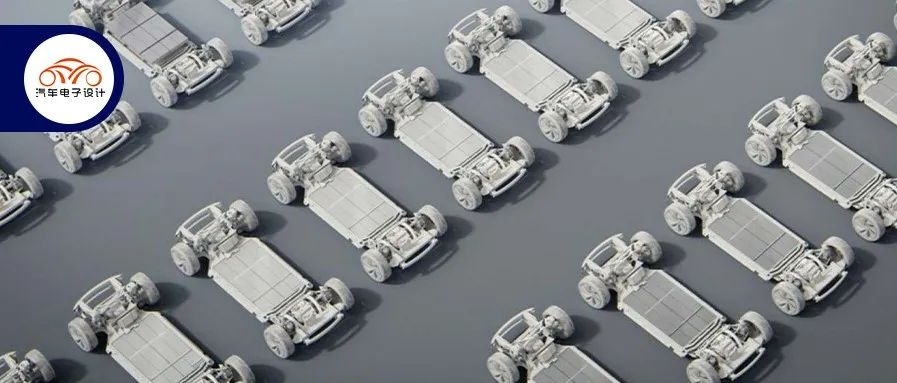Author: Zhu Yulong
During this round of capacity expansion, Tesla tightly integrated technology and manufacturing processes. In considering the process of integrated casting and CTC, a core issue is that these designs require deep integration with the entire vehicle manufacturing plant.
In the automotive industry, Volvo took the lead — in order to prepare for the production of the next generation of pure electric vehicles with a longer range, faster charging speed, and lower cost, Volvo will introduce technologies aimed at electric vehicles and invest SEK 10 billion in the Torslanda manufacturing plant in Sweden, one of Volvo’s longest-operating manufacturing plants and Sweden’s largest single plant, over the next few years.
Figure 1. Volvo’s global facility layout
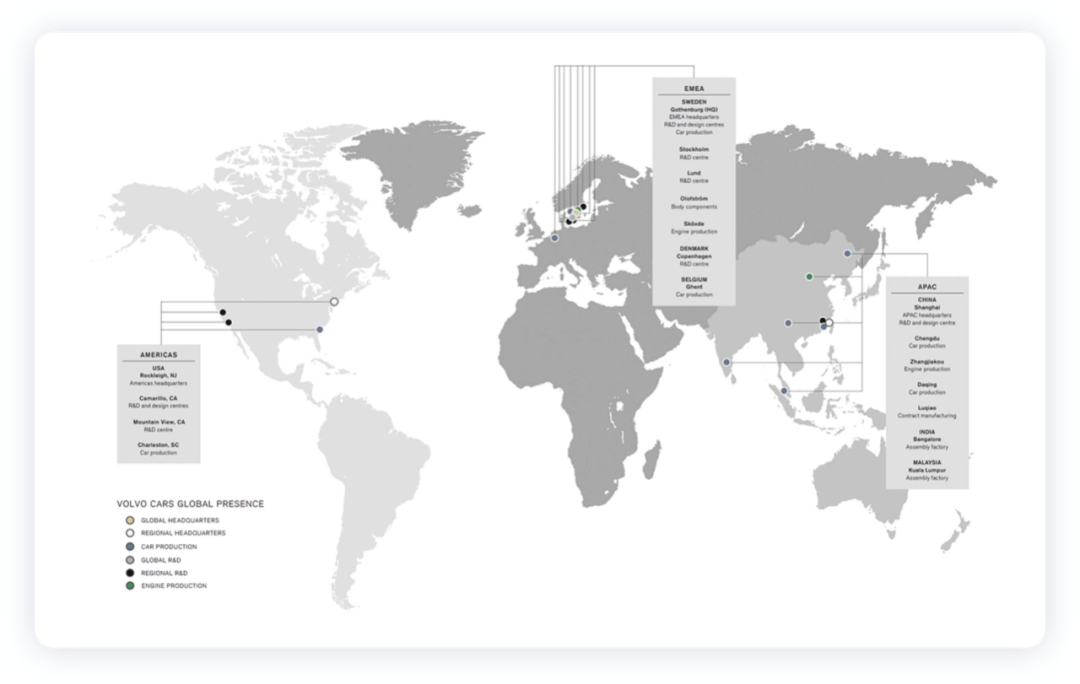
Note: The Torslanda plant has an annual production capacity of 300,000 vehicles, is one of Volvo’s longest-operating manufacturing plants, and was inaugurated by the King of Sweden in 1964. After the Torslanda plant is transformed, it will be able to bear the electric vehicle production capacity of all of Europe.
Volvo’s electrification process
In terms of volume, Tesla exceeded Volvo comprehensively in 2021, and Volvo’s global automobile sales were 698,693 vehicles, while the number of new energy vehicles was not small. A total of 189,216 vehicles were sold globally, an increase of 64% year-on-year, accounting for 27.1% of the total sales (this proportion is quite high from the perspective of traditional automotive companies).
Of course, the problem is obvious, being too limited to plug-in hybrids in terms of quantity and to Europe in terms of region.
-
Pure electric vehicles:
25,727 vehicles (an increase of 452%) and a penetration rate of 3.7%.
-
Plug-in hybrid models:
163,489 units (an increase of 48%) and a penetration rate of 23.4%.
-
Total new energy vehicles:
189,216 (an increase of 64%) and a penetration rate of 27.1%.Translation:
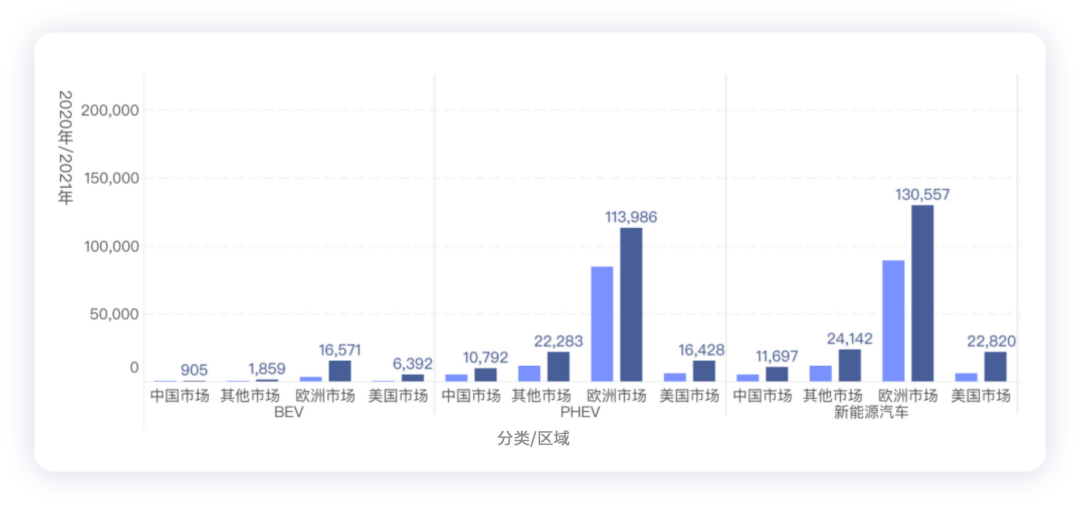
Currently, Volvo cannot sustain sales growth based on plug-in hybrid vehicles. Therefore, looking ahead, they must find a way to sell pure electric vehicles in the global market. Of course, due to current carbon emissions being unconcerned, the emphasis is on how to make profits from pure electric vehicles similar to Tesla’s.
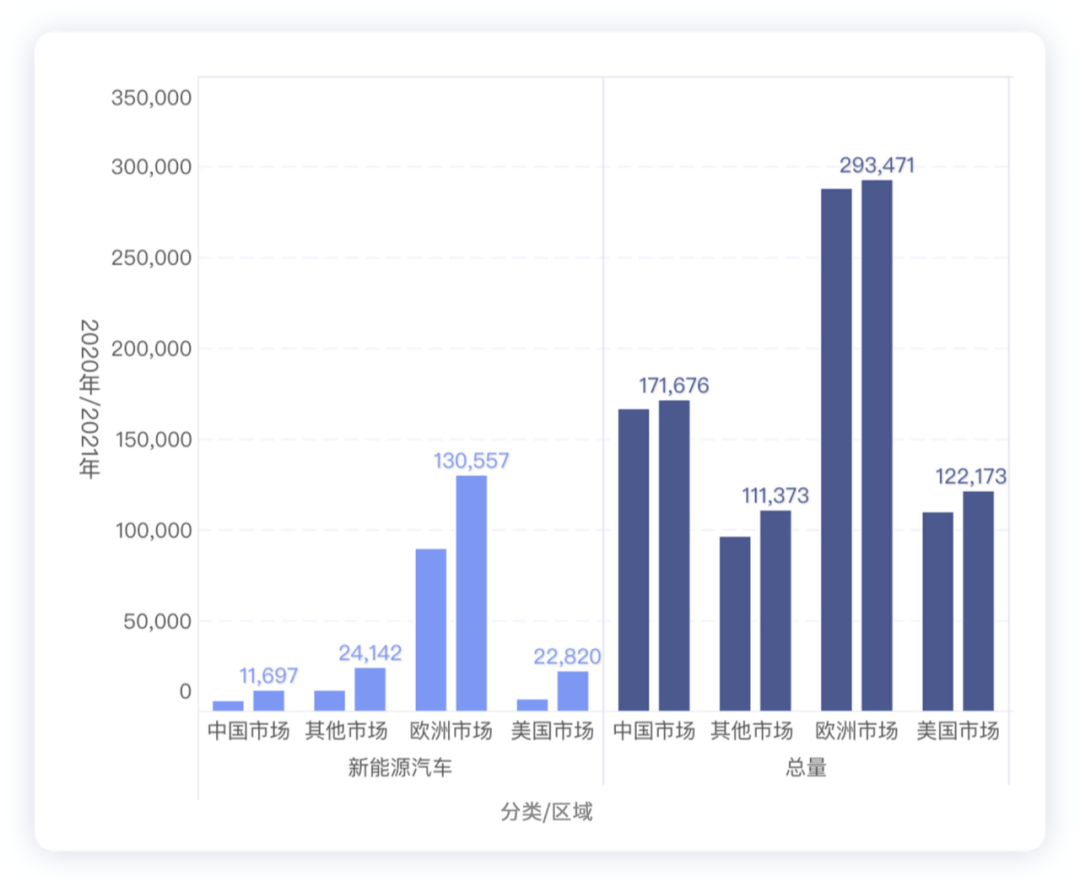
To improve competitiveness for the next generation of electric vehicles, Volvo has decided to invest SEK 10 billion in the Torslanda factory to transform it into a new generation of pure electric vehicle production base. This will introduce a series of new and more sustainable technologies and manufacturing processes, including: the introduction of aluminum alloy integrated casting technology, a new battery assembly plant, and the comprehensive renovation of painting and final assembly workshops.
We can understand that investing so much money in vehicle manufacturing, while Volvo and Northvolt also invest SEK 30 billion together in developing and manufacturing custom batteries for the next generation of pure electric vehicles.
Volvo’s Follow-up Plan
Within this, the introduction of aluminum alloy integrated casting technology for pure electric vehicle models is the most critical part of the entire factory investment.
Integrated casting provides many advantages for sustainability, cost, and performance throughout the life cycle of the vehicle. By casting the main components of the vehicle structure into a single aluminum component, the weight can be reduced, thereby reducing energy consumption and increasing the vehicle’s range. This can better optimize the design of the cabin and luggage space, improving the overall versatility of the vehicle. This also includes reducing the complexity of the manufacturing process, which will save costs in materials use and logistics and reduce the manufacturing process and supply chain’s environmental impact.
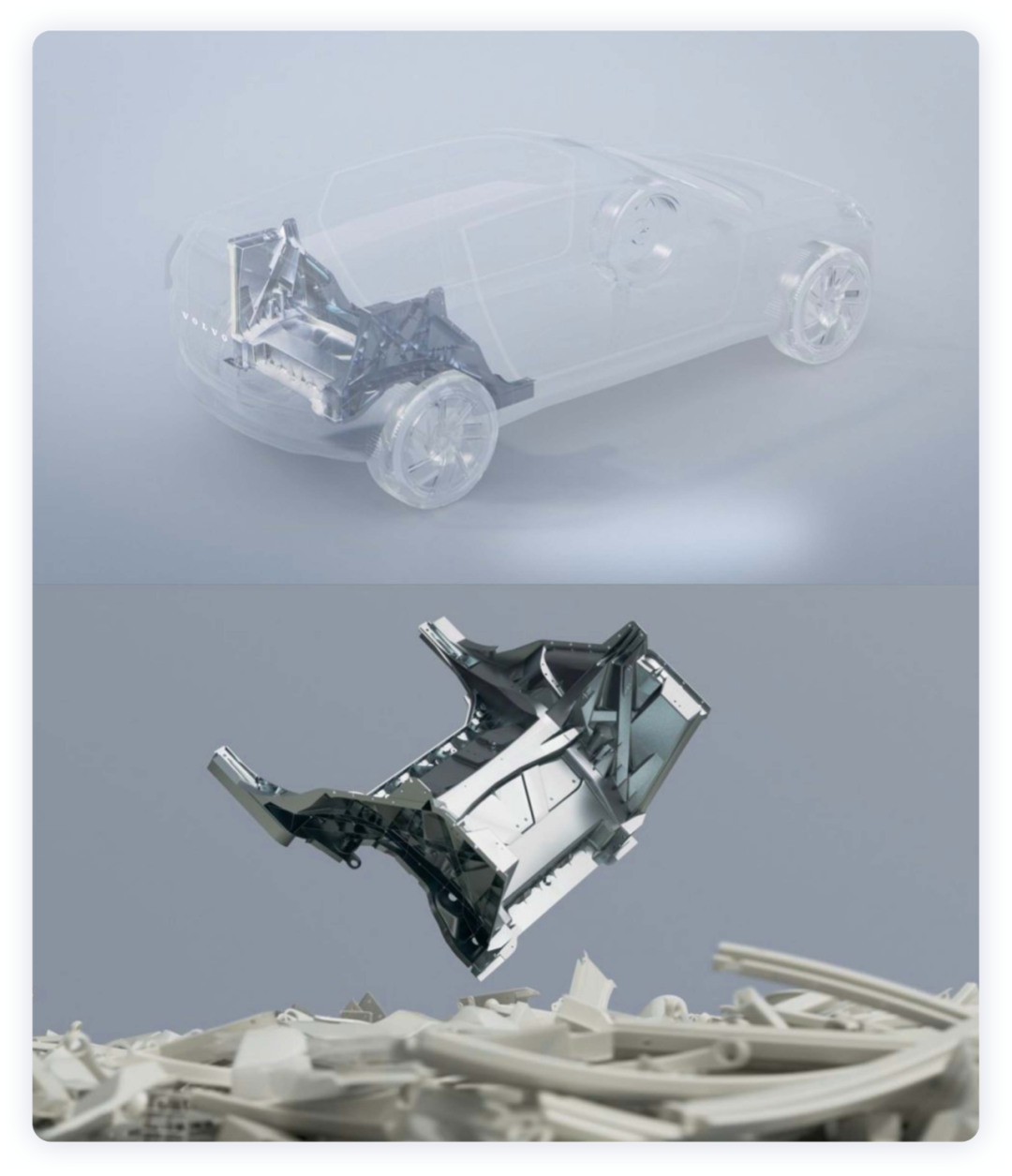
As Northvolt confirmed cooperation on the production of battery cells, the newly built battery assembly plant will introduce the shell CTC process. Battery cells will be integrated into the vehicle’s floor structure. From the current perspective, CTC has limited scope for improving overall energy density and cost reduction. The biggest use is still to improve overall vehicle manufacturing efficiency, enabling vehicle manufacturers to quickly achieve consistency in designing and manufacturing pure electric vehicles.
![▲Figure 5. Based on Shell’s CTC and current CTP,]From the perspective of the packaging, progress seems to be limited
Summary: In my personal judgment, as everyone invests in integrated casting, the probability of battery trays being high-pressure casted will increase. If the casting process is introduced for the overall shell and rear structure, not only the part manufacturing speed but also the entire vehicle manufacturing speed will be improved. Next, the phenomenon of car companies following in Tesla’s footsteps will become more and more obvious, and they will also undergo transformation in their own existing factories, achieving a complete transition from fuel vehicles to pure electric ones.
This article is a translation by ChatGPT of a Chinese report from 42HOW. If you have any questions about it, please email bd@42how.com.
